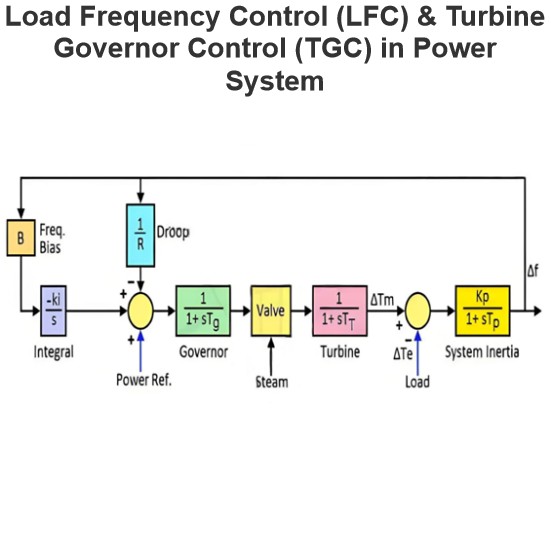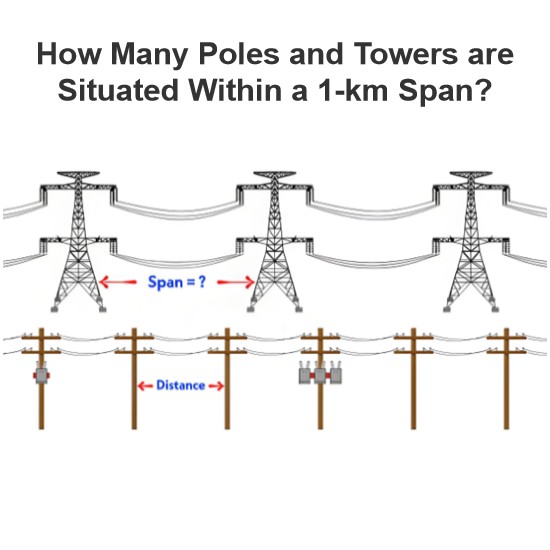What is an Optical Fiber?
Definition
An optical fiber is a slender, flexible strand crafted from glass (silica) or plastic, designed specifically for the transmission of optical (light) signals. Despite its delicate appearance, an optical fiber typically has a diameter larger than that of a human hair.
More precisely, an optical fiber functions as a waveguide, enabling the transmission of electromagnetic waves in the form of light at optical frequencies. This unique property allows it to carry information over long distances with high efficiency and minimal signal loss, making it a cornerstone of modern communication technologies.
Structure of Optical Fiber
An optical fiber is essentially composed of two key components: the core and the cladding. The core, a cylindrical dielectric structure made primarily of glass, serves as the pathway for light propagation. It is within this central region that optical signals travel, guided by the principles of total internal reflection. Surrounding the core is the cladding, typically made of plastic. The cladding plays a crucial role in confining the light within the core, ensuring that the optical signals remain intact and can be transmitted over extended distances without significant leakage or degradation.
The figure below illustrates the detailed structure of an optical fiber, highlighting the distinct layers of the core and cladding and their respective roles in facilitating efficient light transmission.
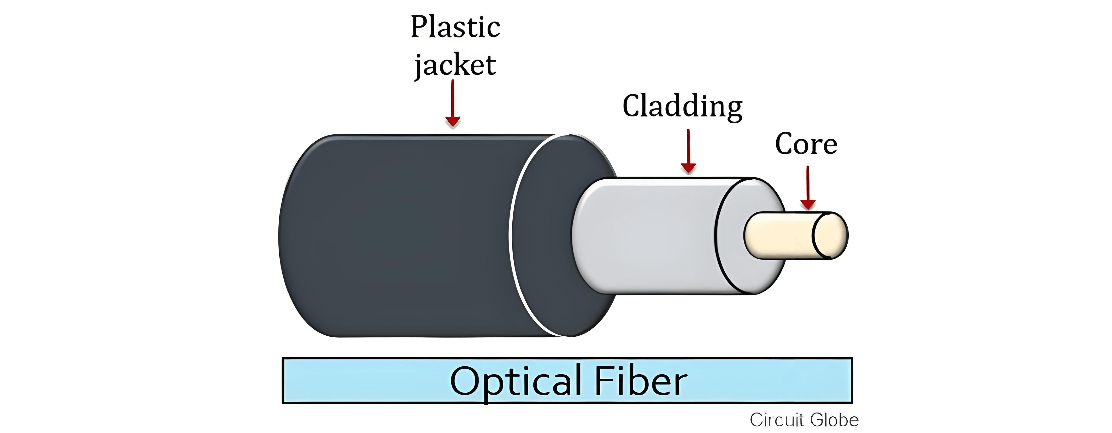
Structure and Functionality Details
The entire optical fiber assembly is encased in an elastic jacket, which serves as a protective layer. This jacket safeguards the fiber from physical damage, environmental factors, and mechanical stress, ensuring its integrity during installation, operation, and handling.
It is important to note that in optical fibers, the cladding does not directly contribute to the transmission of light waves; instead, light travels exclusively through the core. However, the combination of the core and cladding is essential for minimizing signal losses caused by scattering. This is because the difference in refractive indices between the two components enables the efficient guiding of light. Specifically, the refractive index of the core must be higher than that of the cladding. This refractive index disparity is the fundamental principle that allows for the effective transmission of light within the fiber.
Propagation of Light in Optical Fibers
Optical fibers are designed to transmit signals in the form of light (photons). The question then arises: how does light actually travel through an optical fiber? The answer lies in the phenomenon of total internal reflection.
When light enters an optical fiber, it travels through the core while undergoing continuous reflections from the cladding. These reflections are total internal reflections, which occur under specific conditions. As previously discussed in the context of total internal reflection, this phenomenon takes place when light travels from a medium with a higher refractive index (the denser core) to a medium with a lower refractive index (the rarer cladding) at an angle of incidence greater than the critical angle.
With such an angle of incidence, instead of being refracted into the cladding, the light continues to propagate through the core by making successive reflections. The cylindrical shape of the core, with its relatively small diameter, ensures that only a minimal amount of light is reflected away from the core - cladding interface. This, in turn, guarantees that the incident angle of the light ray remains consistently greater than the critical angle, enabling the light to be effectively guided along the length of the fiber.
Modes of Propagation in Optical Fibers
When light travels along an optical fiber, it can follow either a single path or multiple paths as it traverses the core. In essence, the "modes" of propagation refer to the number of distinct paths that a light ray can take as it travels through the fiber. There are primarily two fundamental modes of propagation in optical fibers:
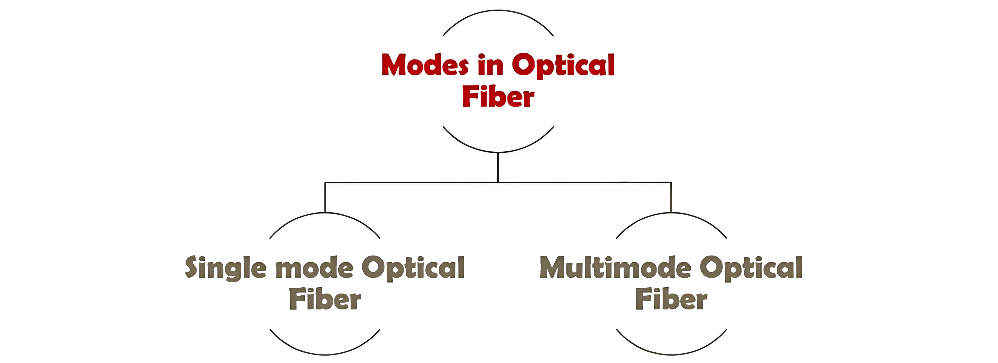
Single - mode Fiber
In a single - mode fiber, light rays propagate along the fiber through only one path. This singular path of wave transmission significantly reduces signal distortion during the transfer process. Since there are no multiple paths for the light rays to travel, the integrity of the signal can be maintained over long distances, ensuring high - fidelity communication.
The core of a single - mode fiber has a very small diameter, which necessitates the use of a highly focused light beam. For this reason, laser light sources are predominantly employed, as they can emit a sharp, coherent beam that can effectively travel through the narrow core without significant divergence or scattering.
Multimode Fiber
Multimode fibers feature a core with a diameter that is considerably larger compared to that of single - mode fibers. This wider core allows light rays to propagate through multiple paths within the core. While this property enables the fiber to carry more light simultaneously, it also increases the likelihood of signal dispersion and attenuation. Signal dispersion occurs as different light rays traveling along various paths within the core arrive at the destination at slightly different times, blurring the signal. Attenuation, or the weakening of the signal, is also more pronounced in multimode fibers due to factors such as scattering and absorption within the larger core. However, the broader core diameter provides the advantage of accommodating several propagating paths for light waves, making it suitable for applications where simplicity and lower cost are prioritized over extremely long - distance, high - bandwidth transmission.
What are Glass Fibers?
Glass is an amorphous solid characterized by its hardness, transparency, and brittleness. It is created through the process of melting a combination of materials and then rapidly cooling (quenching) them. Unlike crystalline solids, glass does not have a well - defined, regular molecular structure. Instead, its molecules are arranged in a disordered, arbitrary pattern.
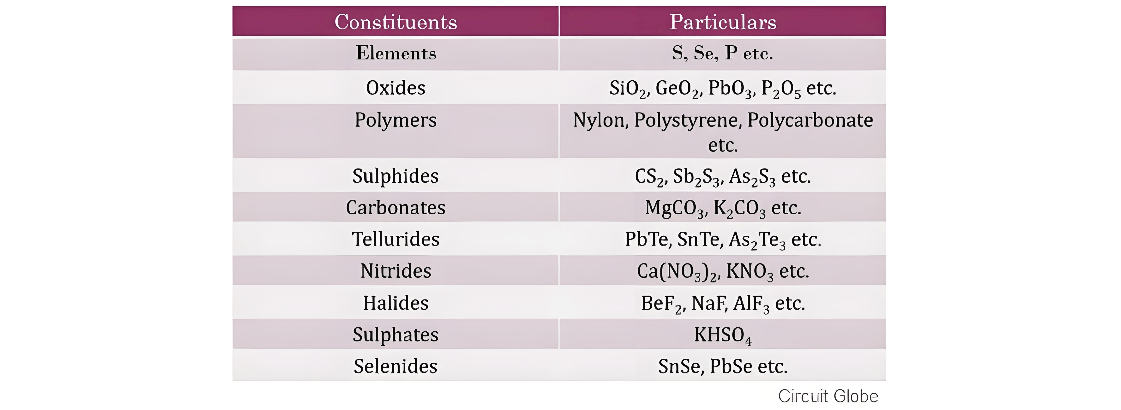
Glass possesses a unique characteristic: altering its material composition leads to corresponding changes in its properties. This malleability in properties makes glass a versatile material, especially when it comes to crafting optical fibers with tailored performance attributes.
Advantages of Optical Fiber
Distortion - Resistant Signal Transmission: Optical fibers facilitate the propagation of lightwaves, enabling signals to be transmitted with remarkable immunity to distortion. This ensures that the integrity of the information being conveyed remains intact, even over extended distances.
Secure and Long - Range Communication: These fibers provide a secure means of transmitting data over long distances. The nature of lightwave transmission within the fiber confines the signal, reducing the risk of interception and interference, making it ideal for applications where data security is paramount.
Extended Lifespan: Compared to other types of transmission cables, optical fibers have a significantly longer service life. Their durability and resistance to wear and tear contribute to their ability to maintain reliable performance over an extended period, minimizing the need for frequent replacements.
Disadvantages of Optical Fiber
High Installation and Maintenance Costs: The initial installation and ongoing maintenance of optical fiber systems can be relatively expensive. This includes the cost of specialized equipment, skilled labor for installation, and regular upkeep to ensure optimal performance.
Vulnerability to Environmental Factors: Due to their fragile nature, optical fibers require enhanced protection from environmental conditions. Exposure to physical stress, extreme temperatures, moisture, and other environmental elements can potentially damage the fibers and disrupt signal transmission.
Requirement for Repeaters: While optical fibers can transmit signals over long distances with minimal distortion, the use of repeaters is often necessary during signal transmission. These repeaters amplify and regenerate the signal to compensate for any degradation that occurs over distance, adding to the complexity and cost of the overall system.
Optical fibers are commonly fabricated from silica due to its superior operating characteristics. Silica is a chemically stable material, which allows it to withstand harsh environmental conditions without significant degradation. Its stability and optical properties make it the material of choice for optical communication applications, ensuring reliable and efficient signal transmission.
The Electricity Encyclopedia is dedicated to accelerating the dissemination and application of electricity knowledge and adding impetus to the development and innovation of the electricity industry.

